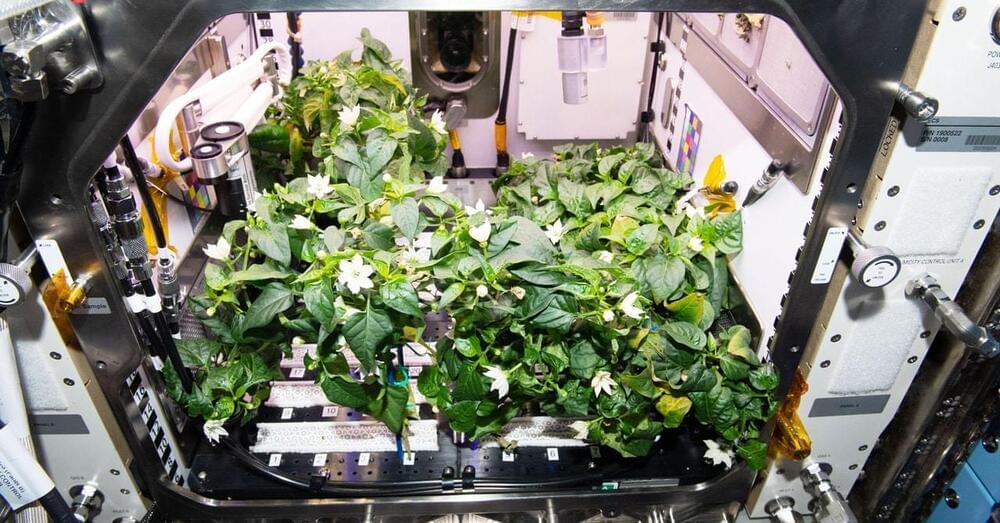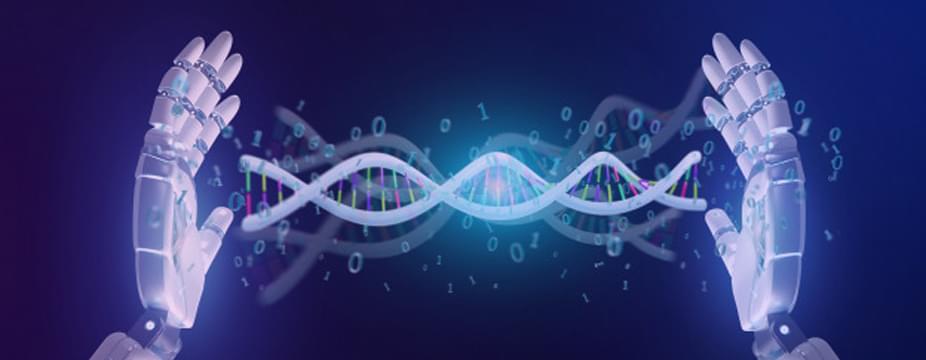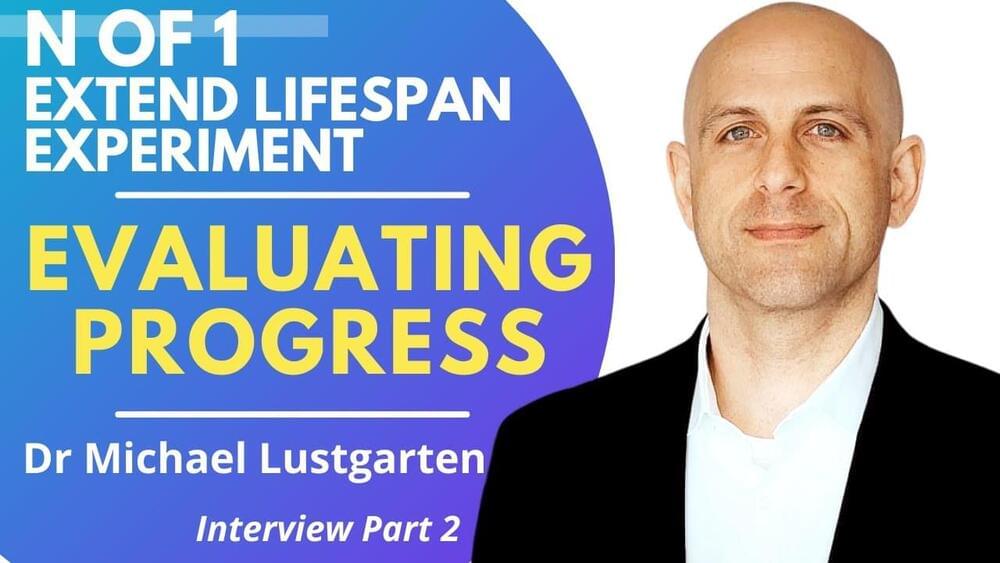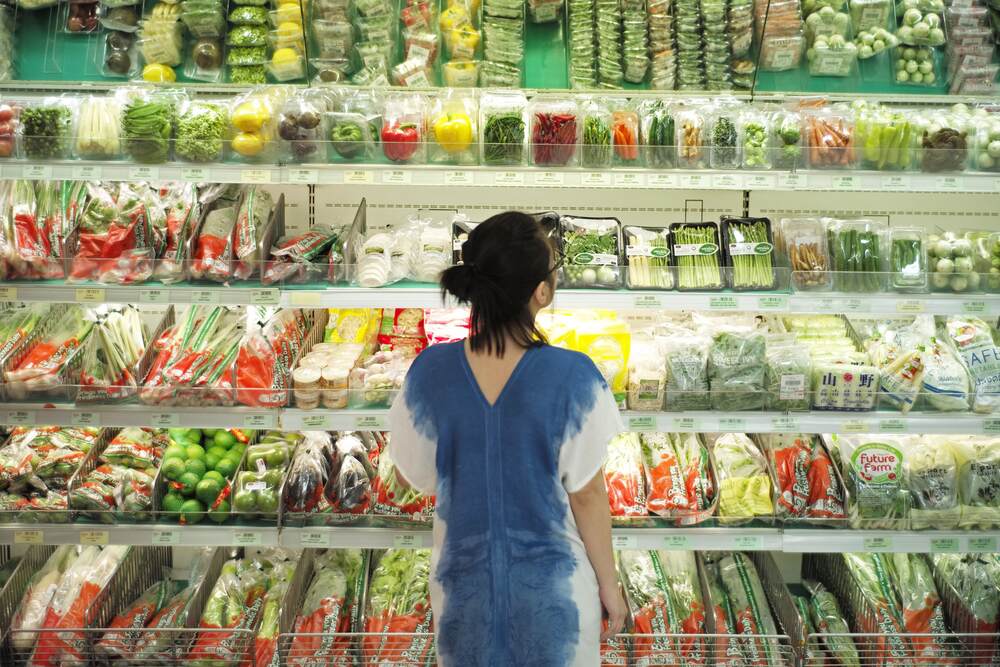Dec 25, 2021
Suns River Still uses sunlight to pull pure water from seawater
Posted by Shubham Ghosh Roy in categories: energy, food, sustainability
After centuries of failure, there is finally a way to use solar power to desalinate salty water, produce pure water for home and farm use and have housing in the raw desert.
The key energy driver is the Suns River desalination modules linked with Aquastill’s Membrane distillation – the process in which pure water is separated from contaminated water (salt water, for example) by means of evaporation through a membrane. The combination of Suns River and Aquastill brings productivity up to 50 liters/m2 or the equivalent of 6 times the solar energy input.
Continue reading “Suns River Still uses sunlight to pull pure water from seawater” »
